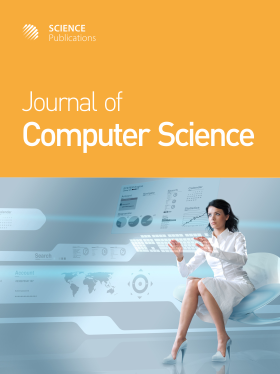Secure Enhanced Authenticated Routing Protocol for Mobile Ad Hoc Networks
Abstract
Problem statement: This study propose an improvement of Ad Hoc on Demand Distance Vector (AODV) Routing protocol in order to include some of the aspects of ad hoc networks such as load balancing, congestion avoidance and avoidance of link breakage. Approach: The most important problem nowadays is link breakage which mainly occurs due to excessive load and congestion in the network. Each node contains a buffer in order to detect the congestion in the network. Thus it selects a route from source to destination to avoid congestion and balance the load. The threshold value is initially set to a pre-determined value. Once the buffer crosses the threshold value, then packet forwarding is carried out via alternate path. Results: As a result, the proposed protocol Secure Enhanced Authenticated Routing Protocol (SEARP) avoids congestion and balances the load to avoid link failure. Conclusion: By detailed simulation studies, we show that even in high mobility scenario, SEARP achieves better packet delivery ratio with reduced delay and overhead compared to AODV protocol.
DOI: https://doi.org/10.3844/jcssp.2011.1813.1818

- 4,909 Views
- 3,543 Downloads
- 0 Citations
Download
Keywords
- Ad Hoc Networks
- Load Balancing
- wireless mobile nodes
- link breakage
- packet drop
- secure enhanced authenticated routing protocol
- Constant Bit Rate (CBR)
